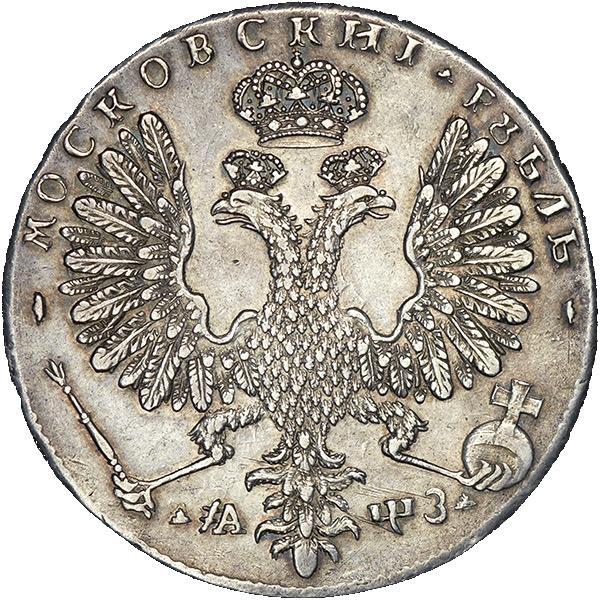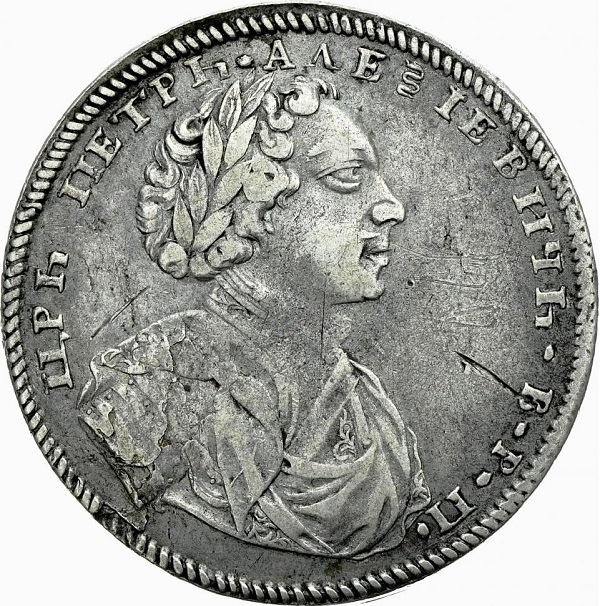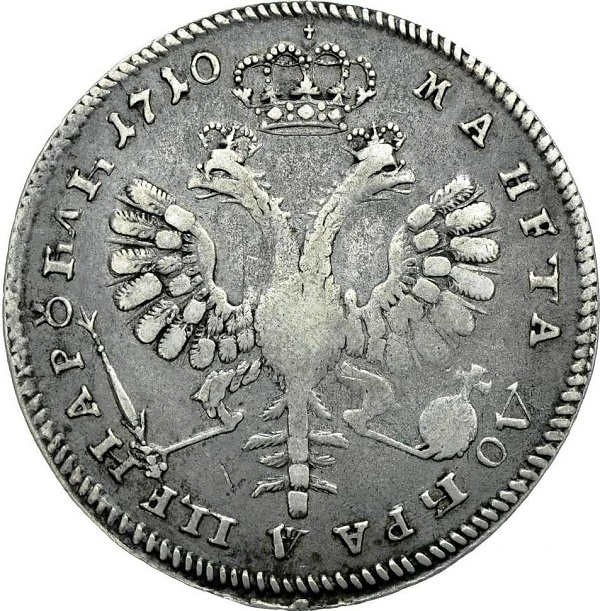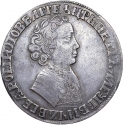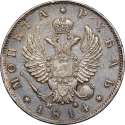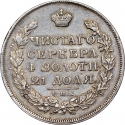You are about to finish your registration. Please check your mailbox (including spam folder). There should be a letter with a confirmation link. Check setting to make sure that your e-mail address is correct.
Send letter againDescription
Peter I the Great (1672–1725) is a legendary figure in Russian and world history. He ruled the Tsardom of Russia and later the Russian Empire from 1682 until his death in 1725. Exuberant, bold, often reckless, Peter profoundly influenced the course of Russian development in the early modern era. By the end of the 17th century Peter boldly decided to initiate monetary reform. The monetary reform simultaneously helped to finance the rearmament of the army, the creation of a navy, the building of canals and harbors, and the many large purchases made abroad to help achieve these goals. Among his many accomplishments, Peter irreversibly set into motion a process of intensive Westernization and modernization of Russia and established the Russian Empire as an important player in European and international politics. Peter's reforms made a lasting impact on Russia and many institutions of Russian government traced their origins to his reign. He founded St. Petersburg in 1703 and made the new city the capital of the Russian Empire in 1721.
Coin diameter could be 41-44 mm.
Obverse

|
Portrait of Peter I looking right. Along the rim the official short title: Tsar Peter Alekseevich the Ruler of All Russia. ЦРЬ• ПЕТРЪ• АЛЕξIЕВИЧЪ• В: Р: П: |
|---|---|
Reverse

|
Displays the Coat of Arms of the Russian Tsardom - a two-headed eagle crowned with two small crowns, over which the same third crown, enlarged, representing the conquered kingdoms of Kazan, Astrakhan and Siberia, and standing for the unity of Great Russia (Russia), Little Russia (the Ukraine) and White Russia (Belarus). Along the rim is inscription: Moscow ruble, date below (1707 in Cyrillic numerals). МОСКОВСКИI РУБЛЬ |
| Edge |

